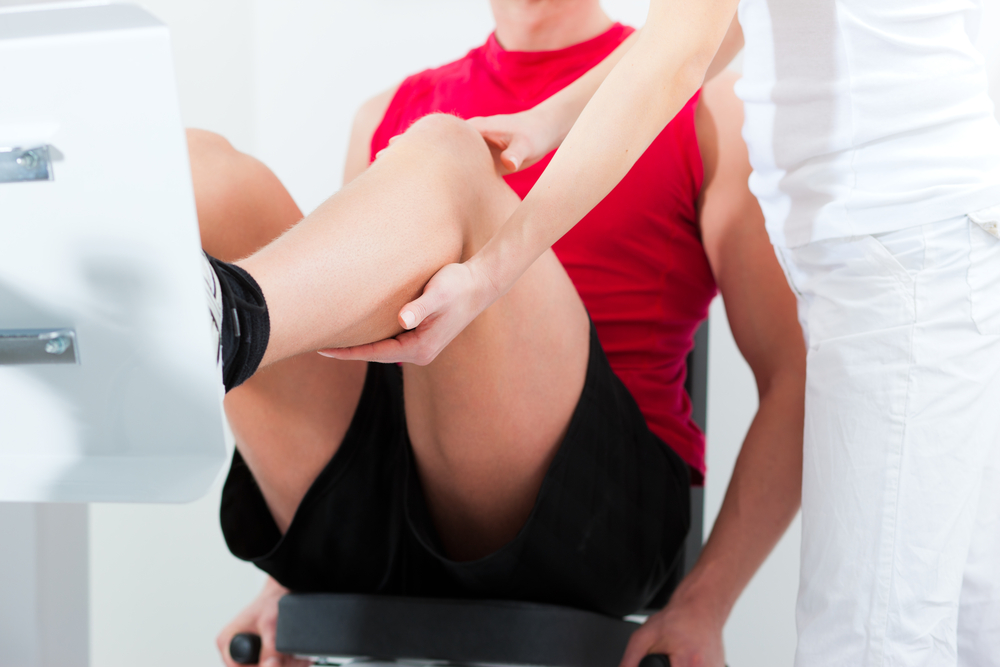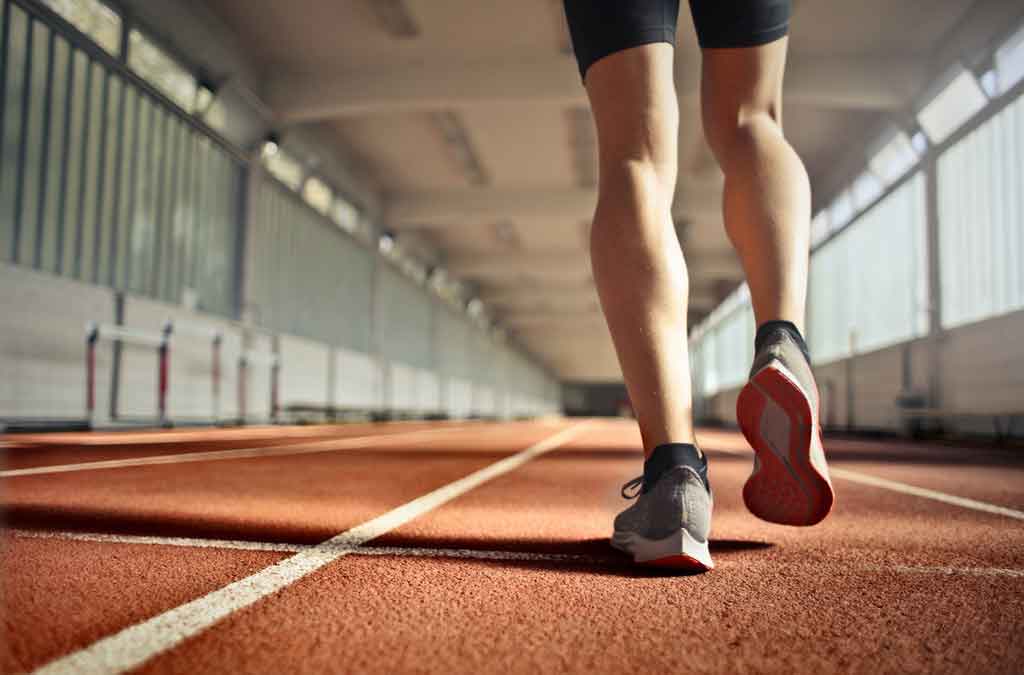Sports physiotherapy is a dynamic and ever-evolving field dedicated to the prevention, diagnosis, and treatment of sports-related injuries. As athletes push the boundaries of human performance, the demand for advanced physiotherapy techniques and technologies has never been higher. Recent advancements in sports physiotherapy are not only enhancing recovery but also optimizing performance and preventing injuries. Here’s a look at the latest innovations transforming the landscape of sports physiotherapy.
Cutting-Edge Technologies in Sports Physiotherapy
- Wearable Technology: Wearable devices such as smartwatches, fitness trackers, and specialized sports monitors are revolutionizing how physiotherapists track and analyze athletes’ performance. These devices provide real-time data on metrics like heart rate, movement patterns, and muscle activity, allowing for precise monitoring and tailored interventions.
- Biomechanical Analysis: Advanced motion capture systems and biomechanical analysis software offer detailed insights into an athlete’s movement mechanics. By identifying inefficiencies and abnormalities in motion, physiotherapists can develop targeted treatment plans to enhance performance and reduce the risk of injury.
- Cryotherapy and Thermotherapy: The use of extreme temperatures for recovery is gaining popularity. Cryotherapy chambers and localized cryotherapy can reduce inflammation and speed up recovery after intense physical activity. Conversely, thermotherapy helps in loosening muscles and improving blood circulation, aiding in the healing process.
- Regenerative Medicine: Techniques such as platelet-rich plasma (PRP) therapy and stem cell treatments are being used to accelerate tissue repair and regeneration. These therapies promote healing in tendons, ligaments, and muscles, helping athletes return to their sport faster.
Innovative Rehabilitation Techniques
- Blood Flow Restriction Training (BFRT): BFRT involves the use of specialized cuffs to restrict blood flow to muscles during low-intensity exercise. This technique helps increase muscle strength and hypertrophy, making it a valuable tool for rehabilitation without the need for heavy lifting.
- Virtual Reality (VR) Rehabilitation: VR technology is being utilized to create immersive rehabilitation environments. These virtual settings can simulate sports-specific scenarios, helping athletes regain their skills and confidence in a controlled and engaging way.
- Neuromuscular Electrical Stimulation (NMES): NMES devices stimulate muscles using electrical impulses, aiding in muscle strengthening and recovery. NMES technology is particularly useful for athletes recovering from surgery or severe injuries that limit their ability to perform conventional exercises.
- Manual Therapy and Myofascial Release: Advanced manual therapy techniques, including myofascial release, are essential for addressing muscle tightness, scar tissue, and adhesions. These hands-on methods enhance mobility and reduce pain, facilitating a quicker return to activity.
Personalized and Preventive Approaches
- Customized Training Programs: Leveraging data from wearable technology and biomechanical assessments, physiotherapists can design personalized training programs that address an athlete’s specific needs and weaknesses. This tailored approach helps in optimizing performance and preventing injuries.
- Prehabilitation Programs: Prehabilitation, or “prehab,” focuses on preparing athletes for the demands of their sport, reducing the risk of injury. These programs include strength and conditioning exercises, flexibility training, and education on proper techniques and biomechanics.
- Nutritional Support and Recovery: Nutrition plays a crucial role in an athlete’s recovery and performance. Sports physiotherapists often collaborate with dietitians to provide comprehensive nutritional plans that support healing, reduce inflammation, and enhance energy levels.
Case Studies and Success Stories
The effectiveness of these advanced techniques can be seen in numerous case studies. For example, elite athletes recovering from ACL injuries have shown significantly improved outcomes and reduced recovery times through the use of combined approaches, including BFRT, PRP therapy, and personalized rehabilitation programs. Another success story involves the use of VR rehabilitation for athletes with psychological barriers post-injury, resulting in improved confidence and performance.
Conclusion
The advancements in sports physiotherapy are driving the field towards a future where athletes can achieve peak performance while minimizing the risk of injury. The integration of cutting-edge technologies, innovative rehabilitation techniques, and personalized approaches is setting new standards in sports medicine. As these advancements continue to evolve, athletes at all levels stand to benefit from more effective, efficient, and comprehensive care.
For athletes seeking to enhance their performance and recovery, engaging with a sports physiotherapist who utilizes these advanced techniques can be a game-changer. Whether you’re a professional athlete or a weekend warrior, the future of sports physiotherapy holds promising potential to help you stay at the top of your game.





Recent Comments